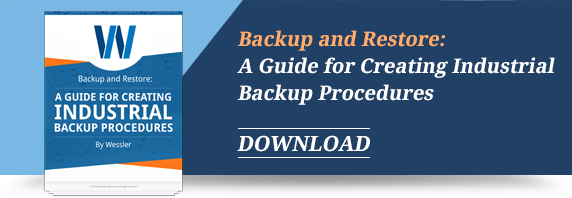
Wastewater Plants around the world have varying loading characteristics and technologies, and many employ the biological nitrification process to convert ammonia to a less toxic form in wastewater. The nitrification process requires oxygen that is provided by large blowers or aeration mixers. The oxygen is transferred to the water and provides an electron acceptor for the biochemical reaction that converts ammonia to nitrate. In an ever changing world challenged with the rise of energy costs, there has been a push to develop technologies that offer energy efficiency and reduced operating costs. Aeration is typically the largest energy consumer, requiring 40-60% of the plant’s total electric demand charge. However, there are ways to reduce the growing demand:
Process Control
Information is paramount in the control of a Wastewater Treatment Plant. Operators take samples around the clock to confirm that the process is in check and that they are obtaining the results they expect. Dissolved Oxygen (DO) is a crucial component in the aeration process and must be sufficient to meet the system requirements. Over aeration, while not harmful to the nitrification process, is wasted energy leading to higher electric bills. Utilizing real-time dissolved oxygen sensors can help limit over aeration and lead to instant energy savings for the plant. New technologies and sensors, such as ammonia and nitrate probes, are also becoming available allowing operators to fine tune their nitrification process. These probes allow the operator to have insight into the chemical reactions that are occurring and in turn adjust the plant’s aeration needs to meet actual demands. Plants that have invested in real-time monitoring equipment to reduce their DO from 4mg/L, to a steady 2mg/L, have seen a savings of above 30% on their utility bills.
Variable Frequency Drives (VFD’s)
VFD’s can provide significant energy savings when used in the correct application, and they play a key role in aeration control. The amount of Dissolved Oxygen (DO) in wastewater can be directly correlated with the power consumption of blowers and aeration mixers. By employing real time monitoring to calculate and adjust aeration set points, plants have realized up to a 30-60% energy savings totaling hundreds of thousands of dollars a year. VFD’s are the component that allow the operator to scale back power consumption and tailor aeration to the plant’s actual needs. A hidden but added bonus VFD’s offer is their ability to improve a plant’s power factor. A power factor close to one means operators will not see a large KVAR charge on their electric bill which is essentially unusable power that must be supplied. A typical power factor for a three phase motor is 0.8, but when a VFD is used to control a motor the power factor can be as much as 0.95 potentially leading to instant savings.
Energy Efficient Motors
Aging motors, not only on aeration equipment but also pumps and conveyors, can increase a plant’s electric bill and add unnecessary demand charges. The costs of operating a mature motor over its lifetime can be upwards of 10-to-20 times its original purchase price. By replacing existing motors with high efficiency motors plants can see an instant energy reduction and a substantial savings over the lifetime use of the efficient motor. Energy efficient motors also have the added benefit of longer operating lives due to improved bearing components and lower heating of the internal windings.
Conclusion
Energy savings can be found throughout Wastewater Treatment Plants. Knowing where to look can help reduce energy consumption and the plant’s carbon footprint. A process and energy audit identifies large energy consumers in the plant and allows for a plan to be formulated to reduce the power demand. Government energy efficiency credits can help alleviate the upfront costs associated with implementing these technologies, reducing the payback time and allowing positive return on investment.
Sources and links for more information:
http://www.processenergy.com/Aeration%20Paper.pdf
http://www.nrel.gov/docs/fy12osti/53341.pdf
http://modeleau.fsg.ulaval.ca/fileadmin/modeleau/documents/Publications/pvr064.pdf
Tags


